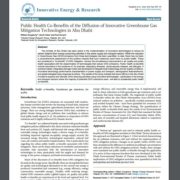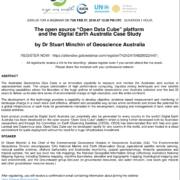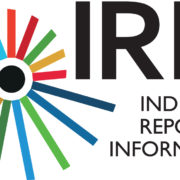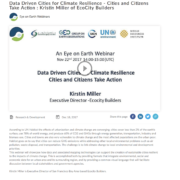Publication Now Online! Public Health Co-benefits to reducing GHGs
Very happy to have our PIs from CCRG and NCAR have our study “Public Health Co-Benefits of the Diffusion of Innovative Greenhouse Gas Mitigation Technologies in Abu Dhabi” be published!
It can be downloaded at: https://www.omicsonline.org/open-access/public-health-cobenefits-of-the-diffusion-of-innovative-greenhouse-gasmitigation-technologies-in-abu-dhabi.php?aid=94601
Abstract
The emirate of Abu Dhabi has been active in the implementation of innovative technologies to reduce its carbon footprint from energy consuming activities in the power supply and transport sectors. While the reduction in GreenHouse Gas (GHG) emissions from these technologies has been quantified, to date, there has not been a comprehensive assessment of the positive impacts that such measures could have on public health. These are considered a “co-benefit” of GHG mitigation, namely the simultaneous improvement in air quality and public health associated with the dissemination of technologies that reduce GHG emissions. Public health co-benefits include reductions in the incidence of, for example, respiratory illnesses, cardiovascular disease, and allergies. A scenario-based, integrated damage model was developed to integrate local meteorology and air quality conditions, innovative technology performance characteristics in power supply and transport, demographic features/trends, and epidemiological dose-response functions. The results of the study indicate that future efforts in the Abu Dhabi Emirate to expand and intensify GHG-reducing activities using innovative technologies – particularly in the energy and transport sectors where the majority of potential GHG reductions exist – will lead to substantial public health co-benefit
Make sure to also check out our Online Toolkit for the project where you can view and download the models and data at https://www.ccr-group.org/health-co-benefits




